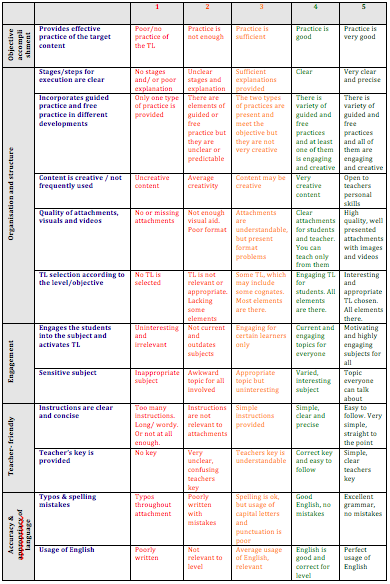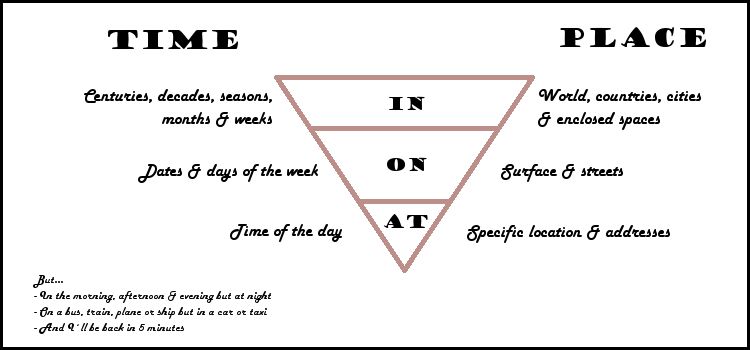Level testing: How do you do it?
Level testing...... Ooooh, lets talk! Unless you've been asked that awkward question outright: 'What level am I?' You won't know what's it like to to be a deer in the headlights and respond with something really daft in a high pitched voice like.... 'Yeah, really good!' Like that's a level now! It's important as an Esl teacher to be prepared for everything, so we've just dedicated our last few Friday meetings to this enlightening task, finding out how to level test... effectively! Our objective was to work together using the Common European Framework and our collective experience and opinions to get to the task in detail and find out what angle we should take to effectively test the level of our students, together, so we have a unified and informed approach.
We want to share this with you.
Below, we've added all the individual worksheets for you so that you can follow the same level testing exercise that we've all done here in Barcelona, and we've taken handy guides from the
CEFR (Common European Framework) as a reference to use throughout the different stages. So print these all off and follow our step by step guide.... and when you are finished you will be informed, empowered and confident when you get asked that fateful question.... what level am I!! More importantly, you will be a better teacher, knowing what the objectives and expectations are for the many different levels of students you will teach.
Now time to start....
Understanding the levels
All answers below Step 1 -
Worksheet 1 Think about how to split proficiency levels into three areas. Step 2 - Link the proficiency titles to the levels. Step 3 -
worksheet 2 Choose the correct level for each description.
Preparing the level test questions
Read -
Content coherence guide from CEFR to help you formulate questions. Then read each of the following worksheets for each level and start to prepare questions you would ask a student to test their understanding of English, using different grammatical structure and functions. You need to elicit use of the grammar/functions/fluency of speech with your questions, relevant for the the different levels using the descriptors on the worksheets. Step 4 -
Worksheet 3 Level A1, A2 Prepare questions for level. Step 5 -
worksheet 4 Level B1, B2 Prepare questions for level. Step 6-
worksheet 5 Level C1, C2 Prepare questions for level.
Adding vocabulary
Now read the
Vocabulary domains guide and the
Control and range of vocabulary guide. Step 5 - Using the guides, choose the relevant vocabulary that you would use in each of your questions or expect to hear in the response from students at each level. Write your completed questions with the vocabulary on the
Final sheet.
Finished!
Ok, now you are done! You have an extensive range of questions available ready to use as a level test to check the abilities of all students! You can use this level test now anytime you need to assess the level of a student, so give it go, try it out asap to see how it goes and share your findings with us....we´d love to know how it goes. Good luck level testing!! Oxinity Team Barcelona
Answers...
Step 1 - Basic User, Independent User, Proficient User.
Step 2 - A1 Breakthrough, A2 Waystage, B1 Threshold, B2 Vantage, C1 Effective Operational Proficiency, C2 Mastery.

Download the full CEFR Common European Framework for Reference for Languages here - https://rm.coe.int/1680459f97
Check out the website here -http://www.coe.int/en/web/common-european-framework-reference-languages/





